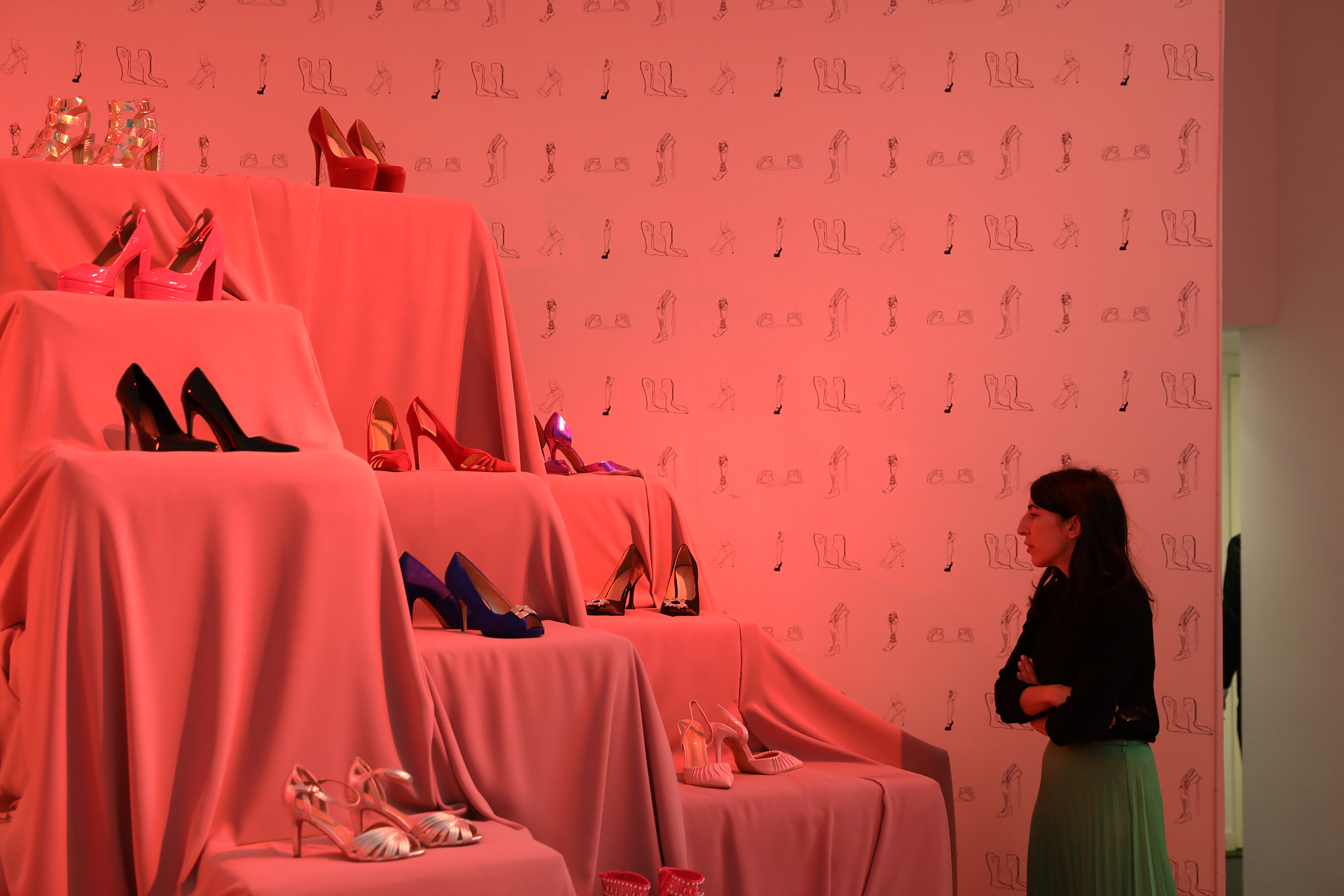
Fantasy, high heels, pink, interlude, prosthesis, accessibility, the norm perverting the norm: this is the world of Costa Badía (Madrid, 1981) which will take over the ground floor of Museo CA2M from 26 January.

Fantasy, high heels, pink, interlude, prosthesis, accessibility, the norm perverting the norm: this is the world of Costa Badía (Madrid, 1981) which will take over the ground floor of Museo CA2M from 26 January.
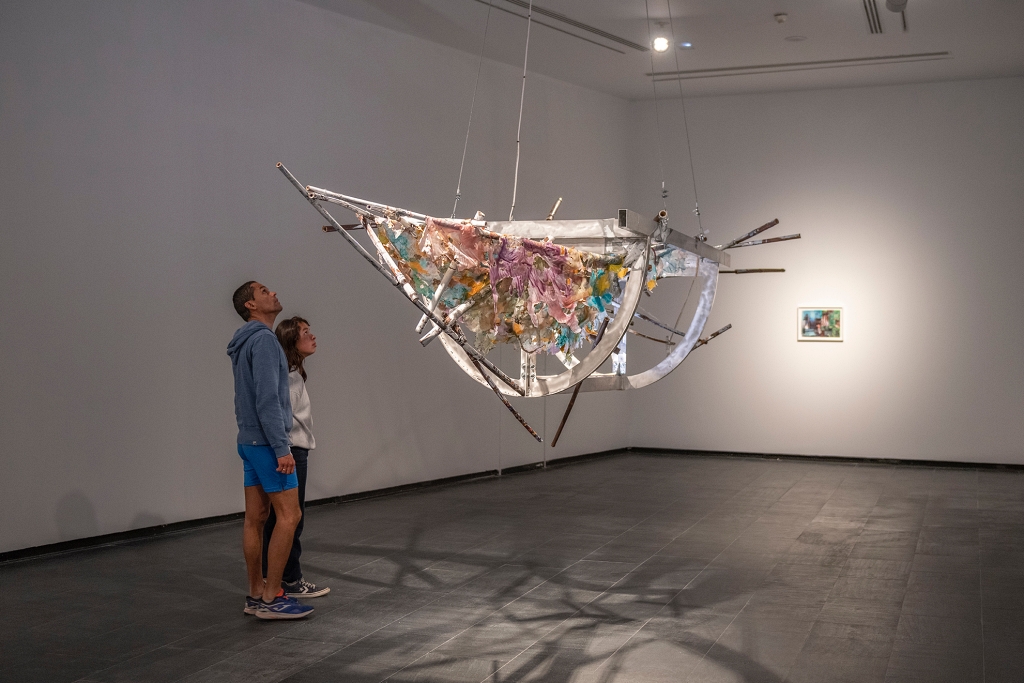
Emil Lime is an exhibition by Esther Gatón curated by Cory John Scozzari. This project sets in motion forms, techniques and conceptual interests frequent in Gatón's practice, such as the construction of ambiguous environments, amateur science, visual artifices, and the crossovers between femininity and machinery, articulating them in a single installation.
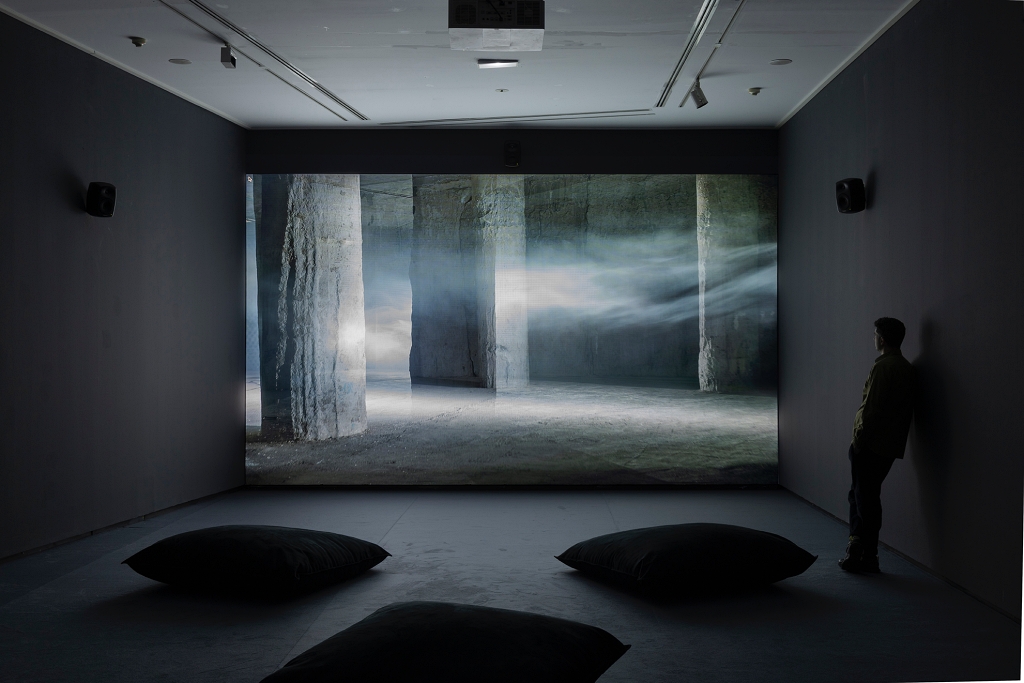
This exhibition by the artist Karlos Gil (Talavera de la Reina, 1984) is the most complete public presentation of his work to date. It showcases some of the various lines of work that have marked his practice in recent years: the relationship between artificial and natural, technology and the body, obsolescence, the complexity of second and third degree urban signs, science fiction... among other issues.
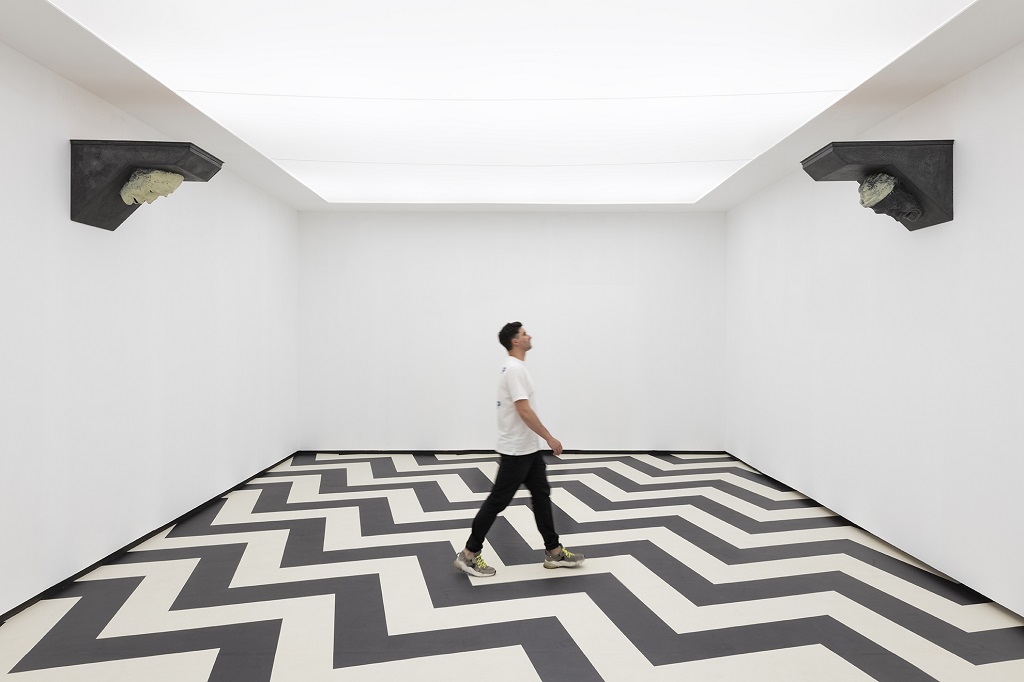
This exhibition commemorates the 70th anniversary of the birth of Juan Muñoz (Madrid, 1952-Ibiza, 2001), perhaps the internationally best-known Spanish artist of recent decades, following his dazzling career from his first exhibition in 1984 to his untimely death at the age of 48.
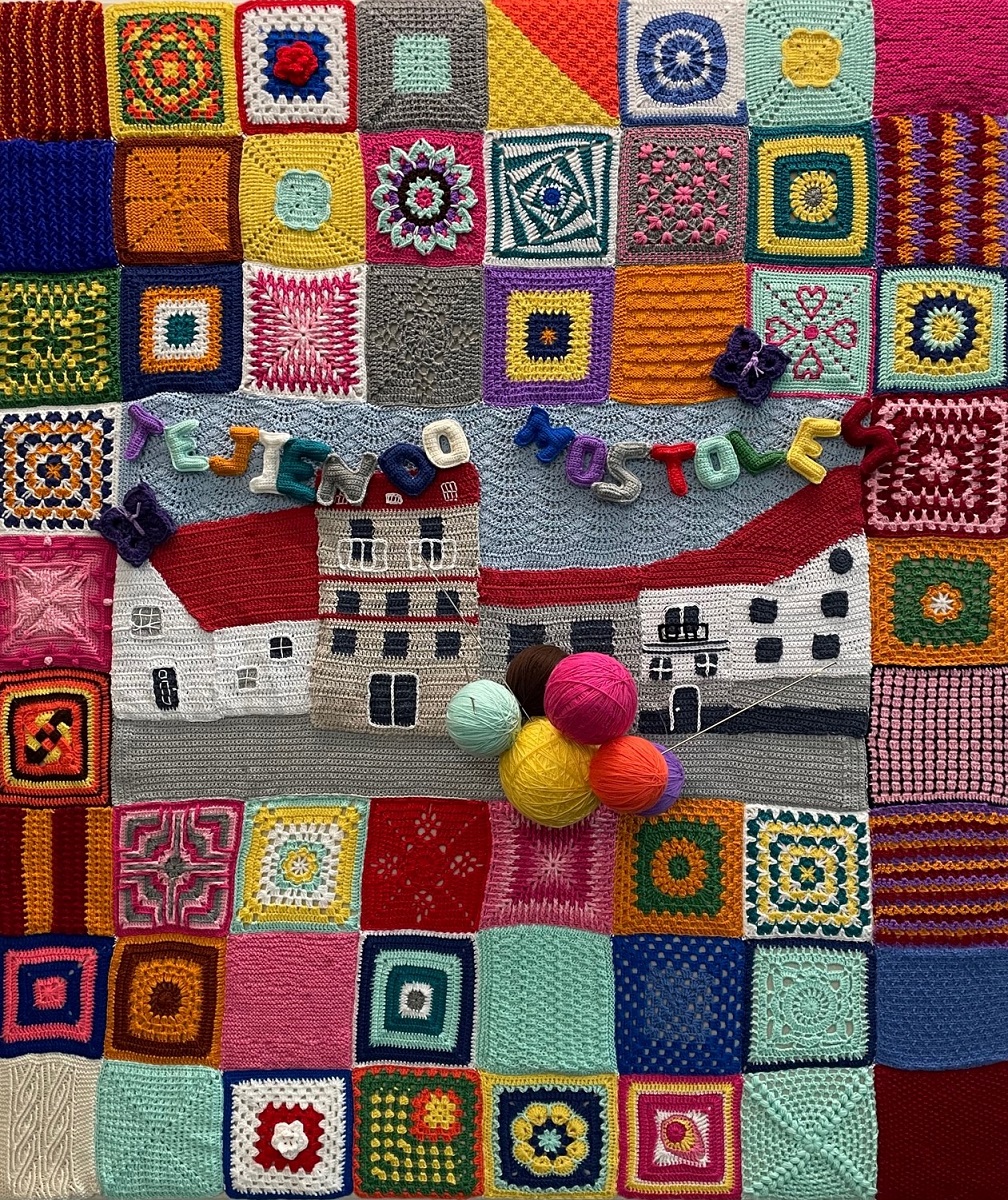
In 2014, three women who lived in Móstoles began to meet regularly at the CA2M cafeteria to chat while crocheting together. As they were gradually joined by more and more people, the museum ended up offering them more space, and every Wednesday from 11.00 a.m. to 2.00 p.m. they were provided with a large table that would soon be complemented by a textile work from the museum’s permanent collection by artist Teresa Lanceta.
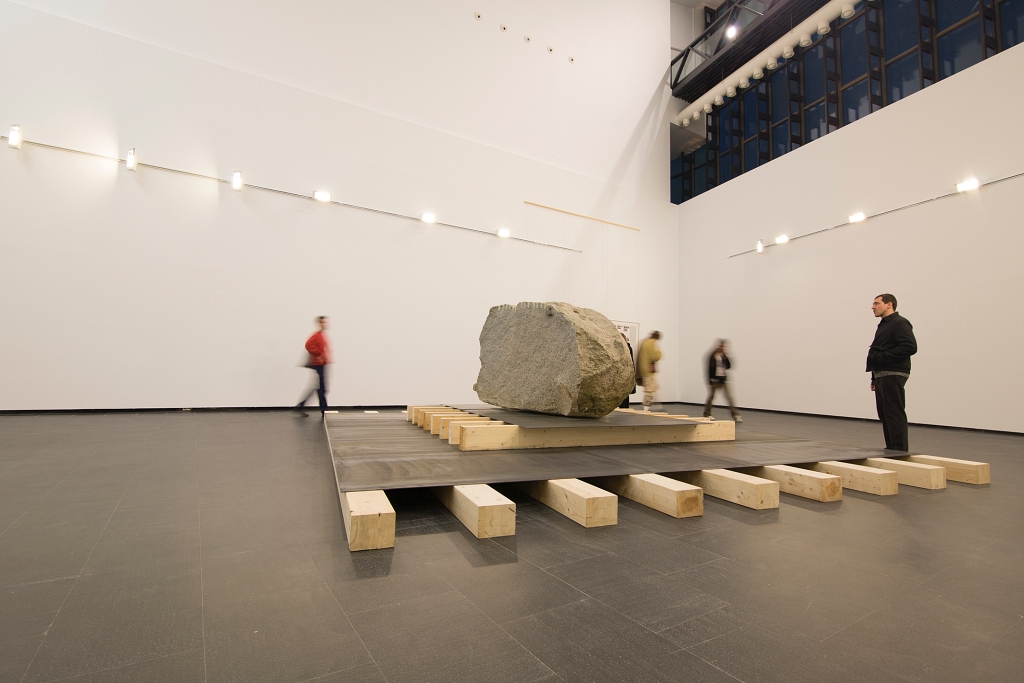
In his work, Xabier Salaberria explores the forms in which certain structures behave in specific spaces, perverting their apparent neutrality and questioning the categories in which they are conventionally inscribed.
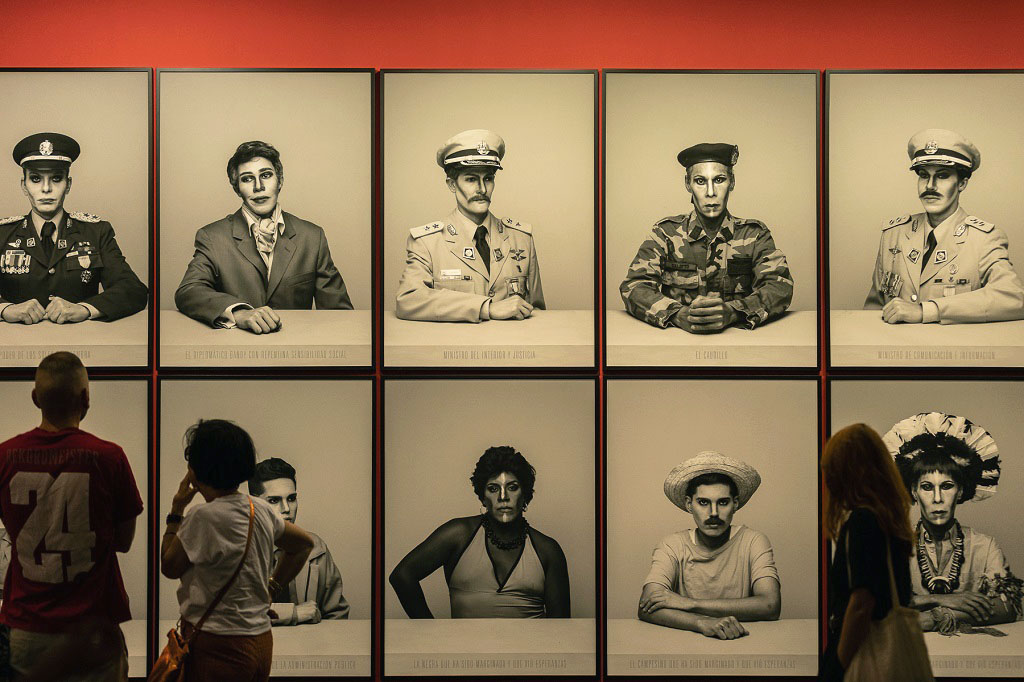
Alexander Apóstol’s projects build a critical analysis of the aesthetic processes of political construction in his native Venezuela. Like other artists from his generation, who started to exhibit their work in the early-nineties, Apóstol (Barquisimeto, 1969) used the tools of photography and video as key elements in a critique of representation, in which the visual culture produced by power and the mass media—with their stereotypes, clichés, concealments and propagandas—is co-opted as the raw material of the work of contemporary art.
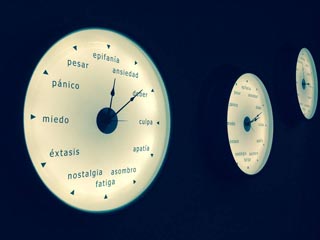
It’s Possible Because It’s Possible brings together a series of pieces by Raqs Media Collective, a group of artists created in 1992 by Jeebesh Bagchi (1966), Monica Narula (1969) and Shuddhabrata Sengupta (1968).
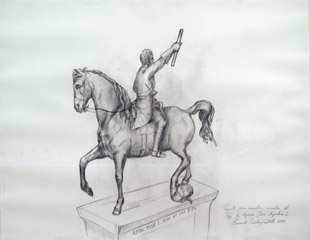
Fernando Sánchez Castillo’s work casts a critical gaze over history, both ancient and recent, while at once examining art’s role in depicting and shaping our view of it. The exhibition title, Más allá or Beyond in English, suggests manifold readings.
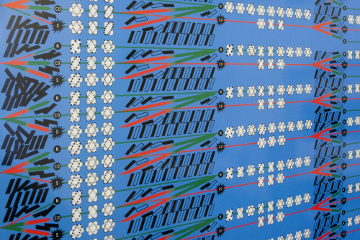
Lawrence Abu Hamdan (Amman, Jordan, 1983) is one of the most important artists of his generation on the international scene, nominated this 2019 for the Turner Prize, the most prestigious award in British art.